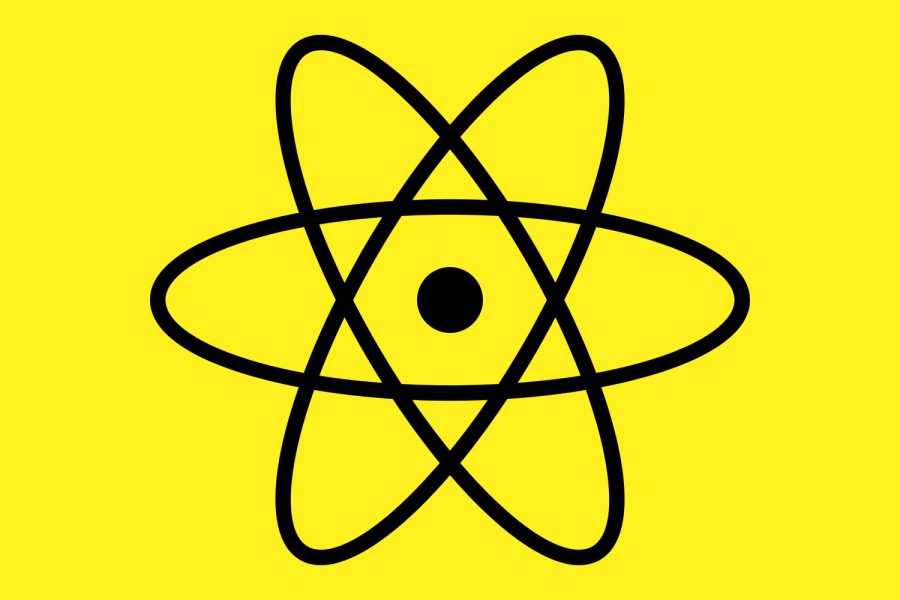The power of the future is (nu)clear
CC0 1.0 Universal (CC0 1.0) Public Domain Dedication
Nuclear power’s reputation is radiated by the past, but it is splitting prejudices, and just may be at the forefront of the future’s energy.
May 9, 2022
It is April 26, 1986; the clock shows 1:22 AM in Pripyat, Ukraine. Soviet control of Ukraine’s Northernmost nuclear power plant has reached peak tension. Tests to measure how long the generator would produce energy after the reactor was shut off careened out of control. Under strict, ignorant guidance from the plant’s operators, the RBMK Reactor was pushed too far. Right before the clock struck 1:24, the lack of safety culture, incompetent leadership, and graphite exploded thousands of feet into the air. An orange ball of light lit up the sky hundreds of miles across Eastern Europe. 31 people died as a direct cause of the explosion, tens of thousands were displaced, billions upon billions of dollars have since been spent cleaning up the catastrophic disaster, and numerous cases of radiation cancer have been linked to the unprecedented event. But as the ash settled, a new, vast problem was made obvious to nuclear power officials and scientists alike; disillusion.
Before the trailblazing findings of physicists Lise Meitner and Otto Hahn, nuclear power was an idealistic idea, not yet grasped entirely by scientists. When nuclear fission was finally discovered and harnessed, Meitner knew the extent in which these discoveries could change the world as she knew it. She knew the inevitable creation of the nuclear bomb, and the possibility of harnessing the enormous amounts of energy created by fission. It wasn’t until 1954 that hundreds of years spent on researching nuclear physics evolved into a sustainable energy source. The Obninsk Nuclear Power Plant in the Soviet Union became the first plant to harness these new technologies, soon followed by England. Fast forward to June 2021, and 443 nuclear power plants make up 10 percent of the world’s energy. Yet still, nuclear power remains one of the most controversial topics among concerned environmentalists.
The general concern for nuclear power voices questions on whether it is a safe source of power, or whether it is extremely dangerous. To examine how safe it is, let’s compare nuclear power to coal power (our most common power source in the United States). To examine the death rates of the two, I’ll use deaths per terawatt-hours (terawatt are equal to one trillion watts), and data that includes the entire world. Based on deaths caused by pollution or accidents, coal kills 24.62 people per terawatt-hours supplied, compared to nuclear’s 0.07 deaths per terawatt hours. If the US averages about 4,100 terawatt-hours per year, coal will cause around 13,000 deaths, compared to nuclear power’s theoretical count of less than ten. Perception on nuclear power is tainted by well-known accidents, the most well-known being Chernobyl. Chernobyl is an easy argument against nuclear power; it killed thousands, relocated hundreds of thousands, caused billions in cleanup fees, and left uninhabitable land. It cannot be stressed enough that what happened in Chernobyl was a mistake, and the odds are stacked against another nuclear power plant disaster.
There’s a reason that coal has been powering the world for hundreds and hundreds of years; it is cheap, it is easy to use, and it is a decently flexible source of energy. However, the “easy way out” is closing. Predictions guess that our abundance of coal may run out within 114 years, and oil and natural gas could dissipate within the next 60 years. Although nuclear power is not technically a renewable resource, recent technologies allow 96% of used reactor fuel to be recycled in future fuel. Unfortunately, this causes nuclear power to be one of the most expensive energy sources; costing up to $200 per megawatt-hour. Nuclear power plants heavily rely on production tax credits to offset hefty costs, and to motivate companies to run their plants (which are able to run at max capacity at a rate of 93.5%, almost 40% higher than the next energy source, natural gas). But we are beginning to see light at the end of this cavernous tunnel, government spending on nuclear power is up, and tax credits are on the rise. Nuclear Power is an extremely efficient, effective, and reliable source of energy. Where it falls behind in cost, it redeems in lack of pollution costs. Nuclear power’s reputation is radiated by the past, but it is splitting prejudices, and just may be at the forefront of the future’s energy.








